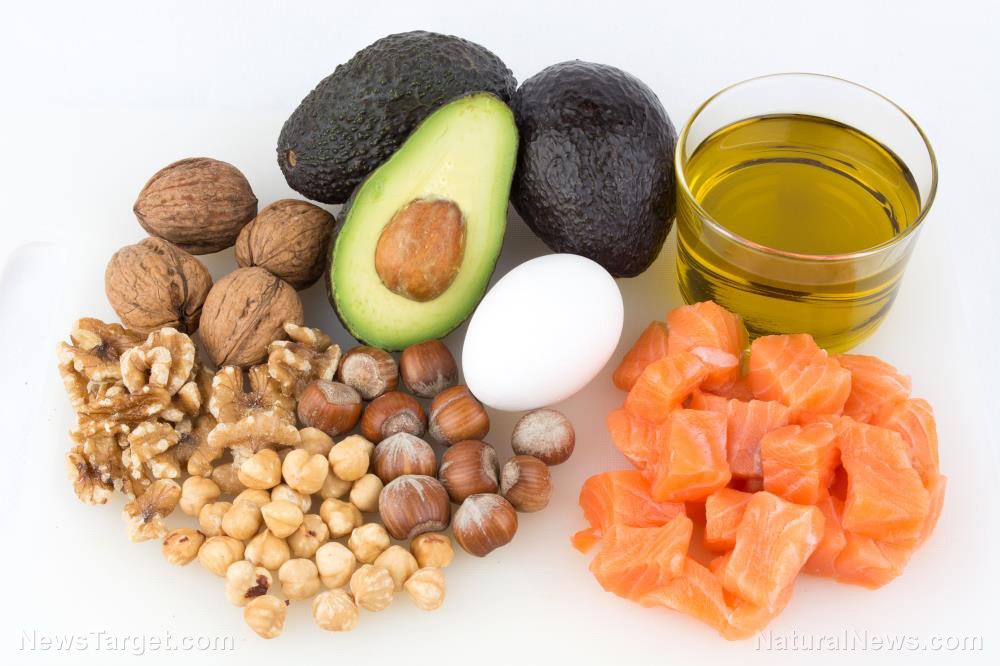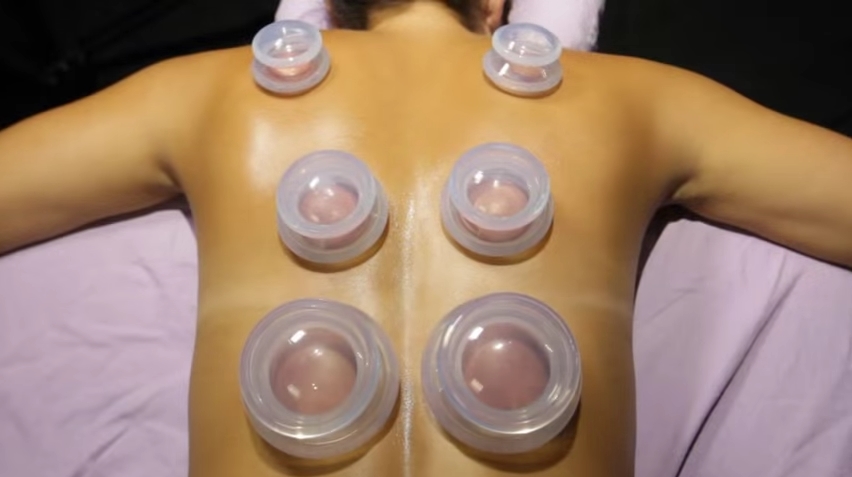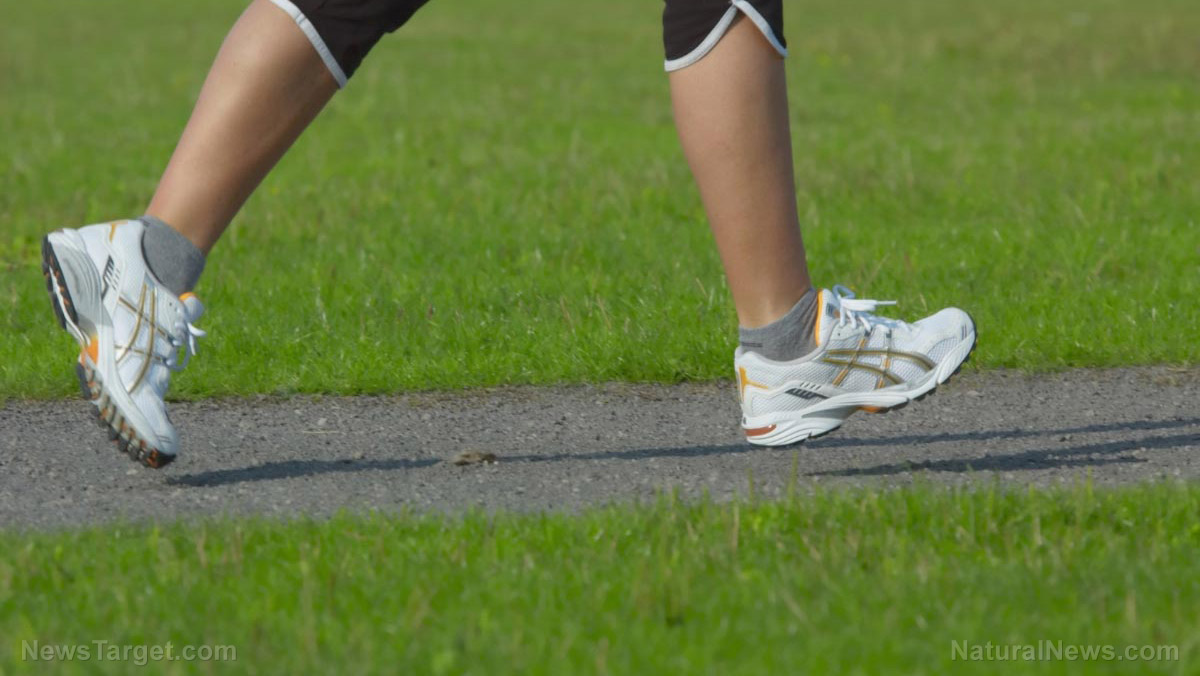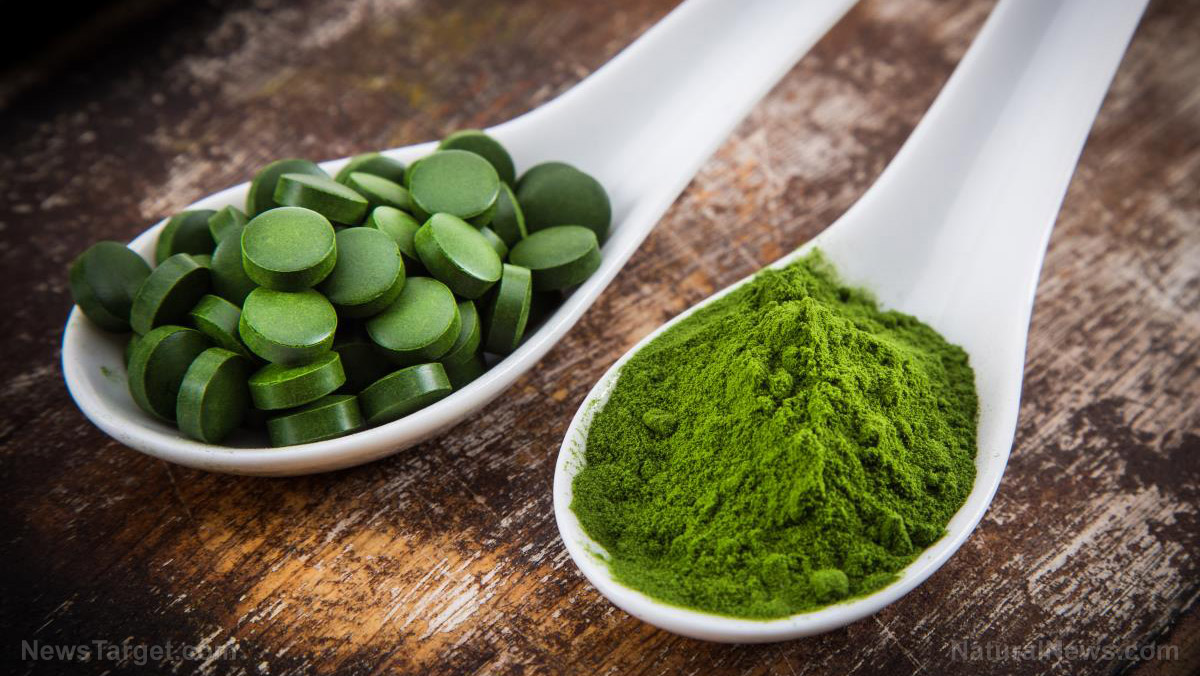No time? A few minutes of high-intensity exercise can give you the same health benefits as a longer workout
12/18/2018 / By Edsel Cook

Do you want to improve your metabolism through physical exercise, but find that you don’t have the time to spare for long sessions in the gym? A recently released Australian study indicated that several short but intense exercises are just as effective as a single, much longer workout.
The study was conducted by researchers from Victoria University (VU) in Melbourne, Australia. It was published in the American Journal of Physiology-Regulatory, Integrative and Comparative Physiology.
Every cell contains a number of mitochondria that provide the energy for various functions. These organelles contribute to the overall health of any organism, such as humans.
Physical exercise has been shown to affect mitochondrial health. Not only can it improve the efficiency of existing mitochondria, but exercise can also spur the growth of new energy-producing organelles.
Just one exercise session changes the function of mitochondria. The organelles begin to emit signals that could improve its hosts. These cellular changes would reduce the chances of developing chronic disease.
The effect of high-intensity interval exercise on mitochondria
A conventional workout consists of a single long session. VU researchers investigated an alternative form of exercise called “high-intensity interval exercise” (HIIE).
HIIE workouts are made up of short but very intense aerobic exercises that quicken the pulse and heartbeat. Every workout is followed by an equally short period to catch your breath.
The VU study sought to clarify if an intense workout can alter the mitochondria. Researchers obtained the help of a group of eight young adults who performed cycling workouts of different intensity.
The moderate intensity session was 30 minutes of steady cycling using 50 percent peak effort. The high-intensity interval one was made up of five separate sessions, each lasting four minutes, which were performed at 75 percent peak effort. Each shortened session would be followed by a one-minute rest period.
Sprint cycling was made up of four sessions that lasted for half a minute and called for 100 percent effort. The recovery period between each session lasted 4.5 minutes.
The researchers evaluated the energy expended by the volunteers on each session. They also examined the changes in the mitochondria of the thigh muscles before the exercise, immediately after, and three hours later. (Related: Improving cellular health – The key to reversing disease symptoms.)
Short but intense exercises can match the benefits of longer workout sessions
After each exercise, the amount of hydrogen peroxide found in different areas of the mitochondria was shown to have increased. The molecule is a reactive oxygen species that plays a vital role in cell signaling.
Excessive concentrations of reactive oxygen species can cause harmful oxidation to cells. However, the levels found in the volunteers were believed to be the right amount that can trigger beneficial cell reactions.
Instead of harming cells, the right amount of hydrogen peroxide could improve the metabolic function of the cell. This increases the efficiency of the energy production process.
The researchers further reported that the level of mitochondrial reaction after a few minutes of high-intensity exercise was similar to the reaction produced by a longer, less intense workout. A two-minute-long sprint exercise generated the same amount of hydrogen peroxide as 30 minutes of aerobic exercise.
“This suggests that exercise may be prescribed according to individual preferences while still generating similar signals known to confer beneficial metabolic adaptions,” explained the VU researchers in their study. “These findings have important implications for improving our understanding of how exercise can be used to enhance metabolic health in the general population.”
Find out how physical exercise can protect you from the risk of cancer at PreventCancer.news.
Sources include:
Tagged Under: exercise, fitness, high-intensity interval exercise, metabolism, respiration, slender, workout




















